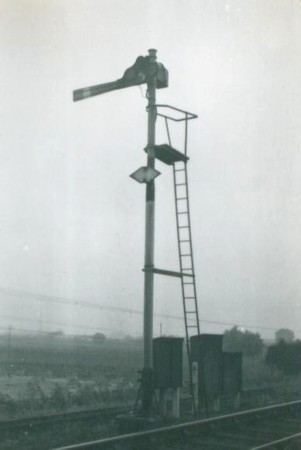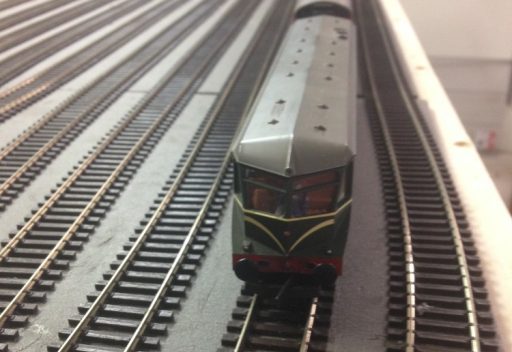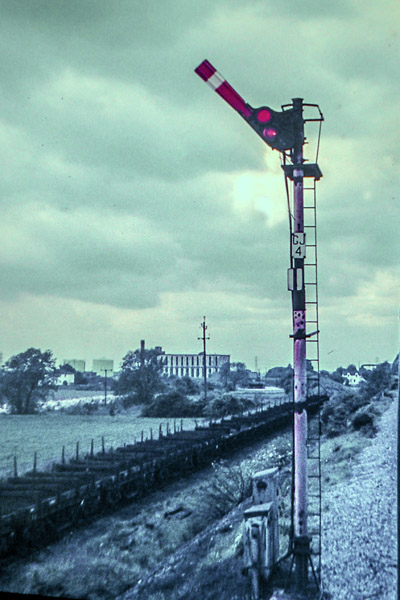In the imaginary world of Port Dinllaen Lines, we get to indulge our interests and one of mine is signalling. Now this is an area arrife with nit-picker-dom, so I took the precaution of submitting my plans to the Oracle of UK Signalling – signalbox.org. Sadly this site has been incommunicado since GDPR rolled out, but at the time they were amazingly helpful and made many important updates to each of my stations.
They also took on board the back-story and made several suggestions of a signalling nature that would fit that narrative. One of the most intriguing of these was, by noting that the Great Central was a pioneer in signalling practice, they suggested that the problem of running many trains into and out of Port Dinllaen at peak periods might have been addressed in the 1920s by implementation of a very rare form of speed-signalling – 3-position semaphores!

Immediately after the First World War, the GCR chief signalling engineer had visited the US and been impressed with the use of automated 3-position UQ semaphores in dense traffic areas. The Aspects of Danger, Caution and Clear corresponded to 90 degrees from the post, 45 degrees up and straight up with red, yellow and green lights. The Great Central had installed several test areas with these signals in the Lincolnshire Area instead of installing a home over distant configuration. Even though the signalling committee reported in 1923 that UQ should only be two-position for new installations and new speed signalling should be the exclusive province of color lights, these experimental signals persisted until the 1970s.
Therefore it was suggested, why not have some long-lived automated 3-position semaphores between PD and PLJ?


